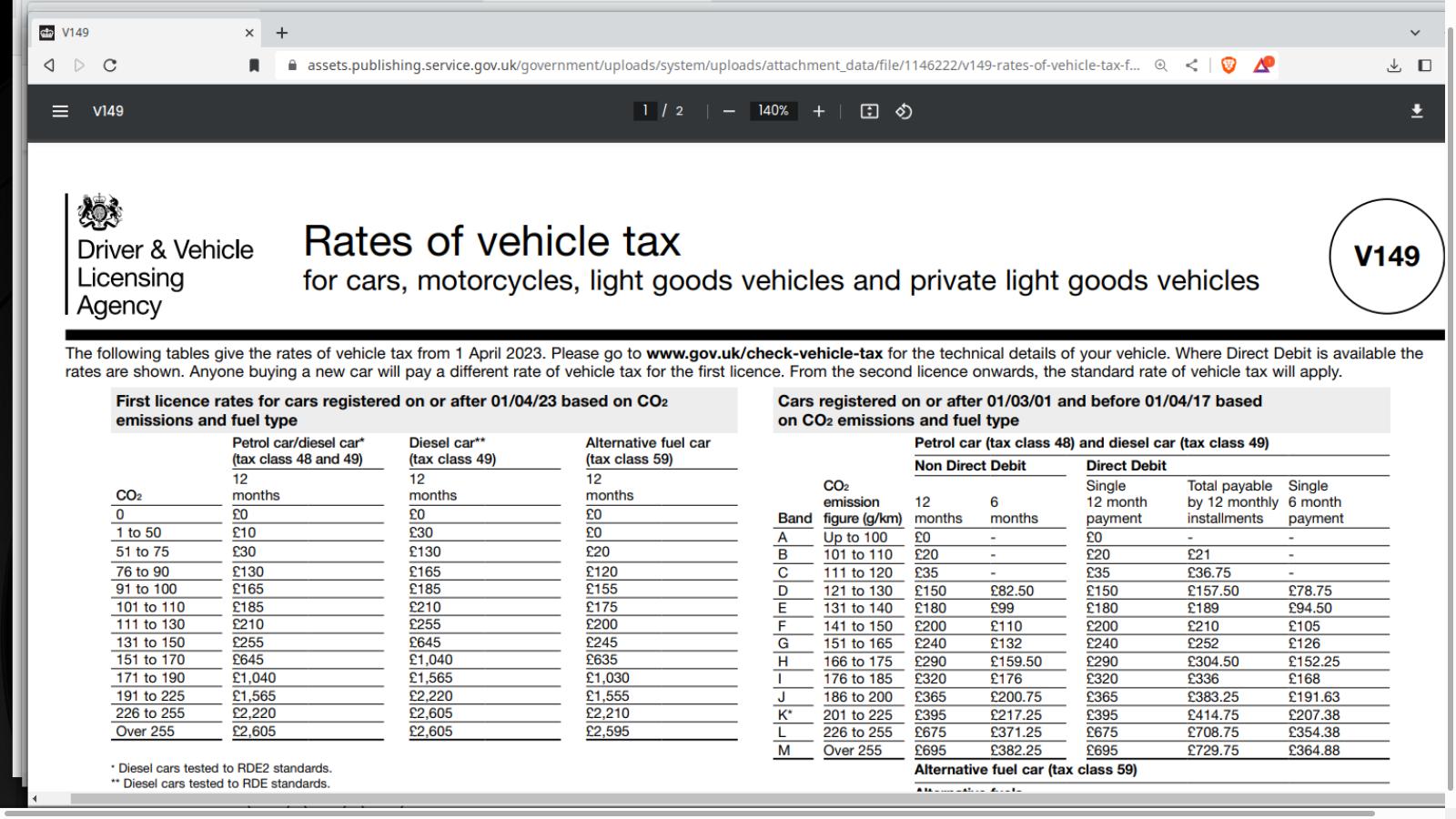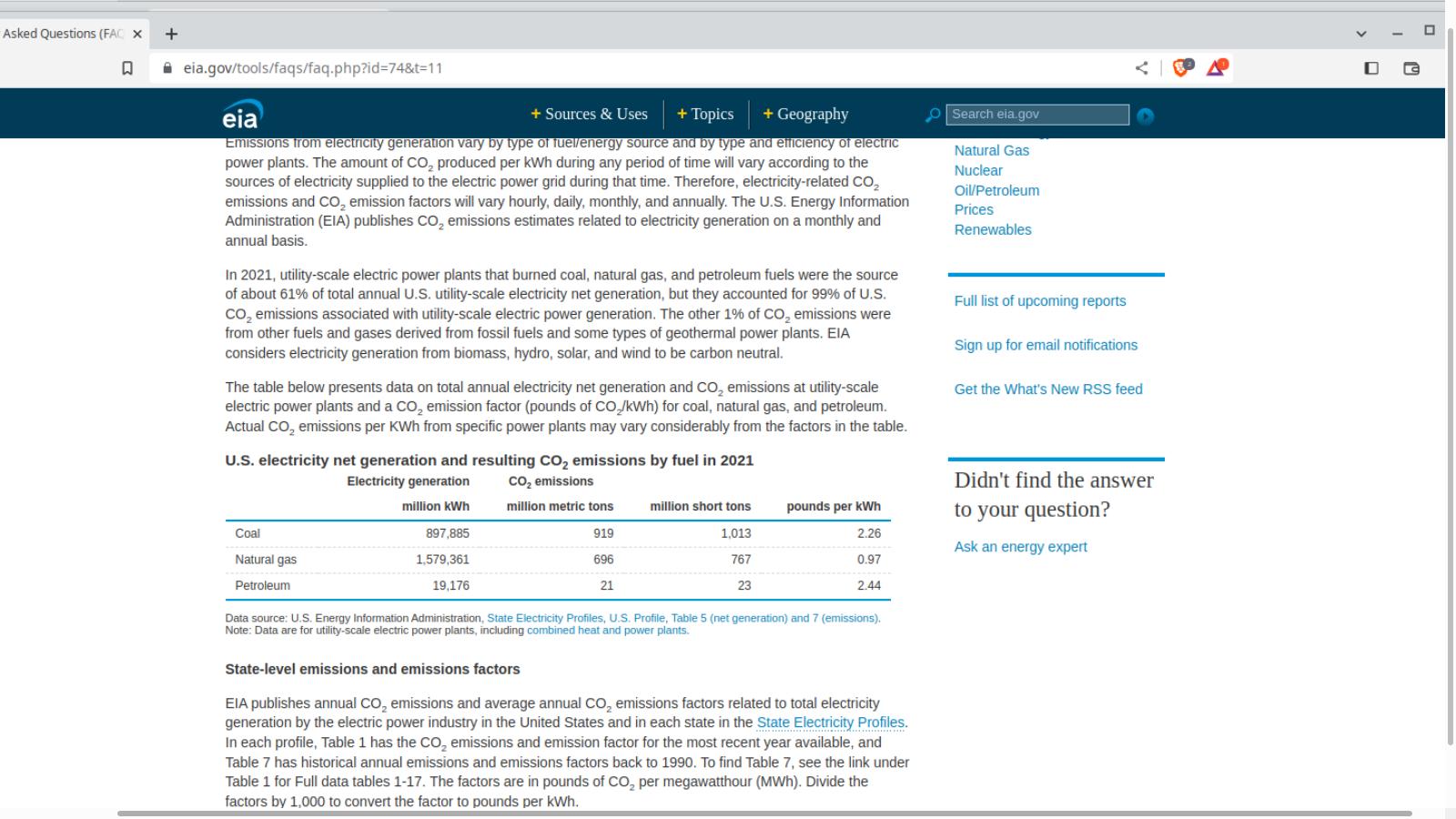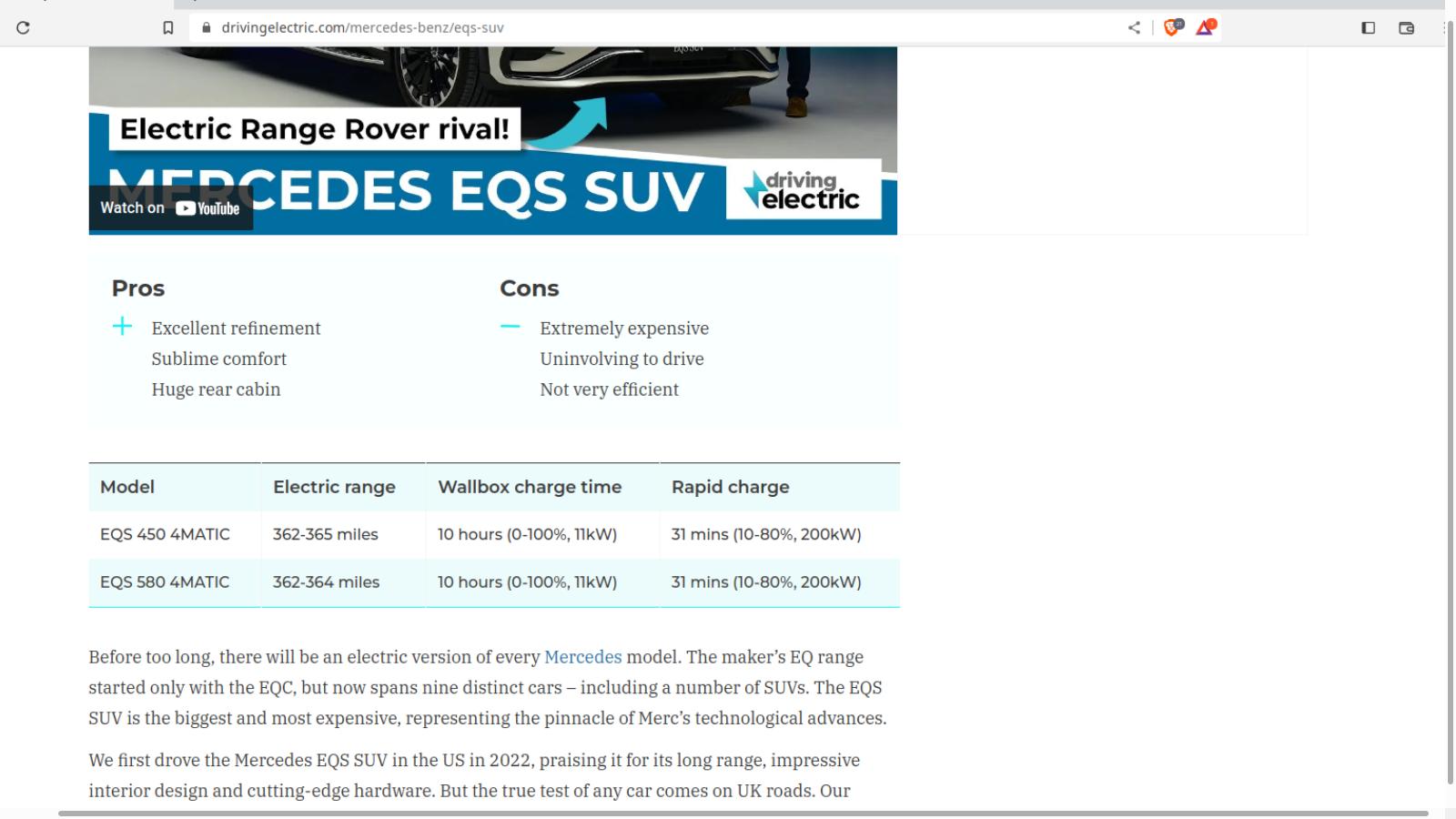If anybody owns a vehicle which is taxed according to the theoretical Co2 emissions as published,re the make and model for the year, but the MOT emissions test proves that the vehicle you own is within the ULEZ charge exemption parameters, which means that it complies with the Euro 4 specification for petrol, (or Euro 6 for Diesel), then why is that vehicle not taxed at the real world CO2 emissions level instead of the theoretical figure.
A garage owner who does MOT tests told me that too often vehicles that are given low VED charge are absolutely filthy. It has probably been about 6 years ago now that the MOT certificate began to be issued minus the second page which gave the results of the emissions test, though when I recently enquired about this to the garage owner he said that it should still be included (with the MOT paperwork).

Just prior to the visible tax disk displayed on window screens being abolished in 2014, I tried to make sense of the VED (Road Tax) for each type of vehicle, and it did not make sense to me within the normal size of vehicle, and it made even less sense that a huge 4X4, SUV, Chelsea Tractor could have relatively low VED when the law of physics cannot be defeated by the inclusion of a huge battery which in reality increases the overall weight of the vehicle so reducing efficiency, and especially if it is loaded to capacity with people and luggage on top of that because of their huge carrying capacity.
We are being taken for mugs. On deciding to research the amount of CO2 generated at the power station per Kwh the American statistics showed up first so decided to use that because technology is probably similar plus I did not want to spend time looking for British statistics which may prove to be elusive.
For each Kilowatt hour of electricity generated in the US from gas 0.97 lbs of CO2 is generated. That works out at just short of 440 grams of CO2 per Kwh.

If we take the Mercedes EQS SUV fully electric vehicle it will use 110 Kwh of charge to give a range of 362 to 365 miles which is 426.475 Kilometres. (Be aware that this is to use the given statistics from the manufacturer to give the best outcome. However real world results over the years have often shown that published results for any make of vehicle prove to be over optimistic in real world terms.)
So, a full charge from 0 to 100% charges at a rate of 11 KW for 10 hours giving a consumption of 110 Kwh. From this a range of up to 365 miles is given which when converted to kilometres gives
426.475 Km.
When these figures are set out to be calculated then we have 110 x 440 grams of CO2 which equals
48,400 grams divided by the distance of 426.475 kilometres which gives a total of 113.49 grams of CO2 per Kilometre driven.( best case).

Since the UK is being banned from opening up its own natural gas fields then America is happy to sell LPG gas to us, something which requires energy to produce it into a containable format, plus the energy to put it onto container ships, plus shipping it thousands of miles across the Atlantic using shipping fuel which is the dirtiest allowable.
Shouldn’t these facts be taken into account when determining the exemption from the ULEZ charge or even the Congestion Charge in Central London, plus should there not be a level playing field for petrol and Diesel vehicles that do meet the Euro 4 or 6 no matter what year they were registered? Some petrol vehicles which will be charged £365 VED this year will none the less meet the Euro 4 Specification.
Specification for the exemption of the ULEZ charge:
Euro 4 (EC2005)
Implementation date (new approvals): 1 January 2005
Implementation date (all new registrations): 1 January 2006
Euro 4 emissions standards (petrol)
CO: 1.0g/km
THC: 0.10g/km
NOx: 0.08g/km
Euro 3 (EC2000)
Implementation date (new approvals): 1 January 2000
Implementation date (all new registrations): 1 January 2001
Euro 3 split the hydrocarbons and nitrogen oxide limits for petrol and diesel engines, as well as
adding a separate nitrogen oxide limit for diesel vehicles. The warm-up period was removed from
the test procedure.
Euro 3 emissions standards (petrol)
CO: 2.3g/km
THC: 0.20g/km
NOx: 0.15g/km
Also:
https://greenfleet.net/news/08042019/ulez-access-should-not-be-based-euro-standards-alone-says-air
